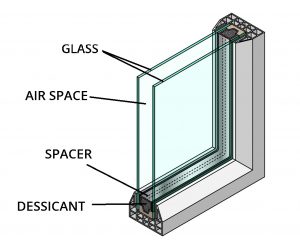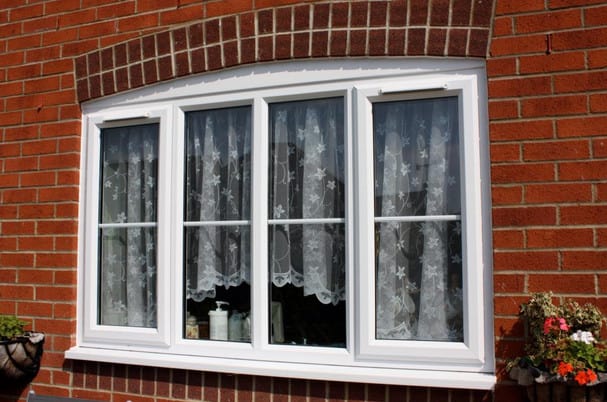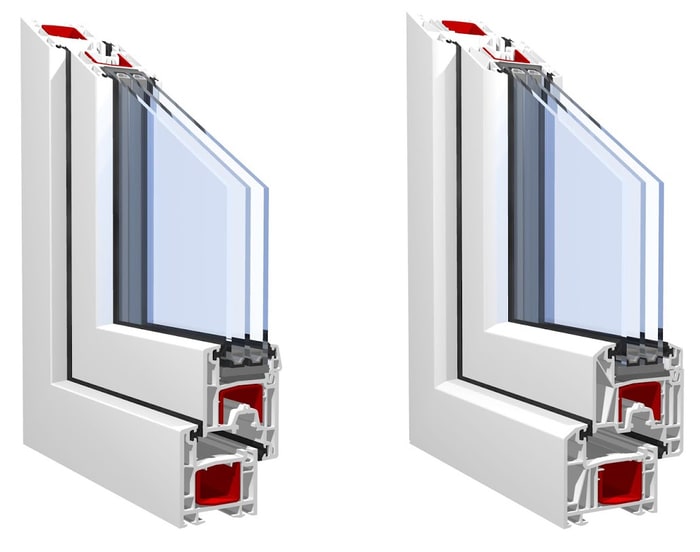All Categories
Featured
Table of Contents
5 Benefits Of Double Glazing Windows in Willetton WA
Glazing just means the windows in your house, consisting of both openable and fixed windows, in addition to doors with glass and skylights. Glazing really simply indicates the glass part, however it is usually utilized to describe all elements of an assembly consisting of glass, films, frames and home furnishings. Taking note of all of these elements will assist you to achieve effective passive design.

Energy-efficient glazing makes your home more comfortable and significantly lowers your energy costs. Unsuitable or poorly designed glazing can be a significant source of undesirable heat gain in summer and considerable heat loss and condensation in winter. Approximately 87% of a house's heating energy can be gained and approximately 40% lost through windows.
Does Double Glazing Have A Vacuum? in Iluka Perth
Glazing is a substantial financial investment in the quality of your home. An initial financial investment in energy-efficient windows, skylights and doors can considerably reduce your yearly heating and cooling expense.

This tool compares window choices to a base level aluminium window with 3mm clear glass. Understanding some of the crucial properties of glass will help you to pick the best glazing for your house. Secret residential or commercial properties of glass Source: Adapted from the Australian Window Association The amount of light that passes through the glazing is referred to as noticeable light transmittance (VLT) or noticeable transmittance (VT).
Double Glazing Vs Triple Glazing For Windows (2023) in Lesmurdie WA
The U worth for windows (expressed as Uw), describes the conduction of the whole window (glass and frame together). The lower the U value, the higher a window's resistance to heat circulation and the much better its insulating worth.
For example, if your home has 70m2 of glazing with aluminium frames and clear glass with a U value of 6. 2W/m2 C, on a winter's night when it is 15C colder outside compared with inside, the heat loss through the windows would be: 6. 2 15 70 = 6510W That is equivalent to the total heat output of a large room gas heating unit or a 6.
4 Benefits Of Double Glazed Windows In The Summer in Singleton Western Australia

If you choose a window with half the U worth (3. 1W/m2 C) (for example, double glazing with an argon-filled gap and less-conductive frames), you can halve the heat loss: 3. 1 15 70 = 3255W The solar heat gain coefficient (SHGC) for windows (revealed as SHGCw) determines how easily heat from direct sunlight flows through a whole window (glass and frame together).
The lower a window's SHGC, the less solar heat it transfers to the home interior. The actual SHGC for windows is impacted by the angle that solar radiation strikes the glass.
Insulated Glass Unit – Igu in East Cannington Western Australia
When the sun is perpendicular (at 90) to the glass, it has an angle of occurrence of 0 and the window will experience the optimum possible solar heat gain. The SHGC declared by glazing makers is constantly determined as having a 0 angle of occurrence. As the angle increases, more solar radiation is reflected, and less is transferred.
Table of Contents
Latest Posts
8 Benefits Of Double Glazing To Take Advantage Of in Orelia Perth
Which Type Of Double Glazed Window Frame Is Right For You? in Ocean Reef Western Australia
Twinglaze® Double Glaze Specification Act - Vic in Inglewood WA
More
Latest Posts
8 Benefits Of Double Glazing To Take Advantage Of in Orelia Perth
Which Type Of Double Glazed Window Frame Is Right For You? in Ocean Reef Western Australia
Twinglaze® Double Glaze Specification Act - Vic in Inglewood WA